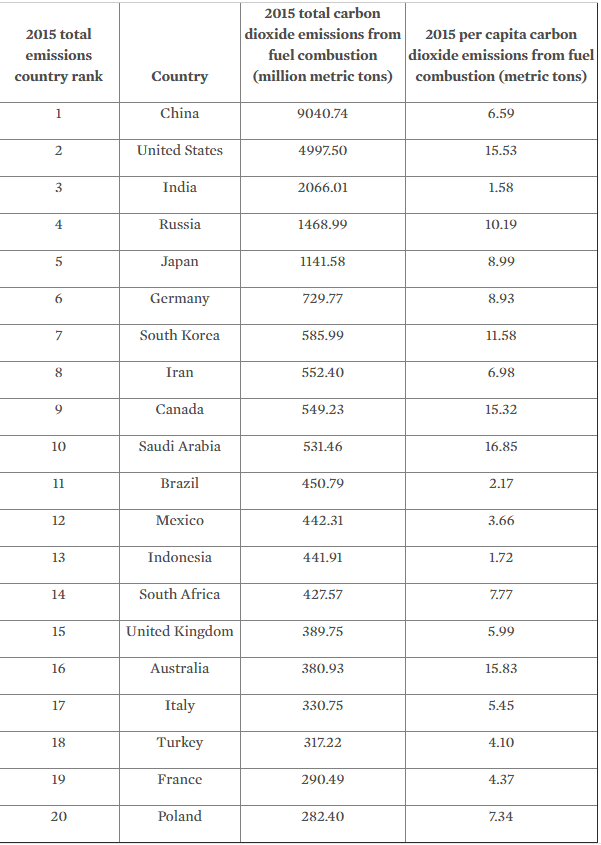
Close on the heels of UK parliament declaring a climate change emergency, Iceland's alchemists have found a way to improve the world's environment by transforming carbon dioxide into solid rock, the way soda is made out of carbon dioxide.
This technology mimics a long-term natural process of injecting CO2 into porous basalt rock where it mineralises, and it is useful in running the CarbFix project to clean the air from harmful emissions which cause global warming.
As reported by Iceland based media platform Raidió Teilifís Éireann, a geologist, Sandra Osk Snaebjornsdottir has revealed the new technology saying, "we have actually changed the time scale dramatically."
She is currently working on this project along with researchers and engineers from energy company Reykjavik Energy, the University of Iceland, France's National Centre for Scientific Research (CNRS) and Columbia University in US.
It should be noted that due to several industries, huge transport sector and volcanoes, Iceland is known as the country of geysers and glaciers that produces a huge amount of carbon dioxide. Experts say that at least half of the energy produced comes from geothermal sources.
But the researcher working on the CarbFix project turned Hellisheidi geothermal power plant into a laboratory. This plant is located on a volcano in southwestern Iceland and is situated on a layer of basalt rock, which was formed from cooled lava.
Since the power plant has access to virtually unlimited amounts of water, it pumps up the water to run six turbines providing electricity as well as heat to Reykjavik.
Meanwhile, the project workers capture the CO2 released from the steam of the plant, turn it into liquid condensate and then dissolve into water. As per the project director Edda Sif Aradottir, this process is similar to making soda out of CO2.
The fizzy water then transported to an area where grey, igloo-shaped domes dot a lunar-like landscape through pipelines and then the water is injected to a rock, 1000 meters below the ground level.
The pressurized liquid solution not only fills the cavities of the rock but also begins a process called solidification, in which atoms from the liquid begin to bond together and start to form crystals. Snaebjornsdottir says, "Almost all of the injected CO2 was mineralised" within two years of the pilot project.
Sigurdur Gislason, a geochemist at the University of Iceland explained how after a volcanic eruption, if "you heat up the rock to very high temperatures, then some of the minerals will break down and maybe dissolve in water," but he insists that this is the safest way to store carbon.
Due to the CarbFix project, the carbon dioxide emissions of the plant have been reduced by a third, which means almost 12,000 tonnes of CO2 was captured and stored inside rocks at a cost of just $25 a tonne.
However, the process has its own drawbacks as it requires large volumes of desalinated water, which is rare in other parts of the world. Aradottir said that it is true that the process needs lot of water "but we gain a lot by permanently getting rid of CO2 that otherwise would be floating around the atmosphere."
According to the Union of Concerned Scientists, the list of top 20 countries which emitted the most carbon dioxide in 2015 includes:










